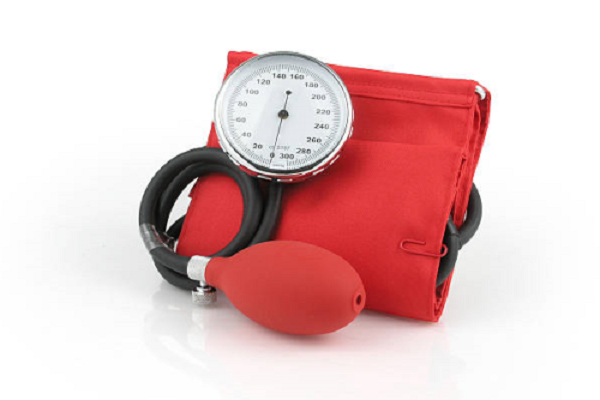Emergencies >>>> Hypertensive crisis
Hypertensive crisis.

Hypertensive crisis is a state of the body characterized by a sharp increase in blood pressure, which leads to functional changes in cardiac activity, the vegetative - vascular system, as well as to disorders of brain activity.
A hypertensive crisis develops for some time, several minutes or several hours. For different people, the threshold beyond which high blood pressure indicators speak of a hypertensive crisis is different: for hypertensive patients, such an indicator can be considered a pressure of "240 to 120". For hypotensive patients, a hypertensive crisis is indicated by a pressure of "130 to 90". It is worth noting that the key role is played by the phrase "sharp increase", since the main characteristic of a hypertensive crisis is a high rate of increase in blood pressure.
A person may not assume that he is developing a hypertensive crisis, since every day only those who already suffer from hypertensive disease measure their blood pressure. Therefore, it is necessary to pay attention to several symptoms characteristic of a hypertensive crisis:
- Headache (note that it is the headache that can become the only symptom of high blood pressure, so do not rush to take drugs that relieve headache, but first of all check the pressure);
- Dizziness;
- Pain in the back of the head;
- Pulsation in the temples;
- Noise in ears;
- Nausea, vomiting;
- Impaired visual acuity;
- Flushed face;
- Sweating;
- Chills;
- Tremor;
- Tachycardia (heart palpitations);
- Angina pectoris;
- Feeling short of breath or shortness of breath.
Why is a hypertensive crisis dangerous? It is dangerous because important organs of life support are under threat: blood vessels, brain, heart, kidneys. These organs experience an overload, which can result in a stroke for the brain, acute renal failure for the kidneys, myocardial infarction for the heart, and aortic aneurysm or bleeding for blood vessels.
Therefore, a condition diagnosed as a hypertensive crisis requires the fastest possible action aimed at providing emergency care before the arrival of a doctor and, possibly, subsequent hospitalization.
First aid for suspected hypertensive crisis:
- Give the victim a horizontal position with the head raised
- Call an ambulance
- Smoothly start lowering blood pressure (10 mm Hg per hour) - you cannot sharply reduce it, collapse may occur.
- Medication for lowering pressure according to the principle of an ambulance - kapoten (captopril), cordafen
- Monitor pressure every 15 minutes
- Take diuretics (plant-based)
- To drain blood to the legs, apply a heating pad, mustard plasters or dip them in a hot bath
- Apply a cold compress to the head (ice, a towel soaked in cold water)
- For a prolonged attack of angina pectoris use nitroglycerin
- With the development of tachycardia against the background of high blood pressure, non-selective beta-blockers (propranolol) are used
- Notify the doctor about the drug taken and the dose of this drug

Read

Read



























